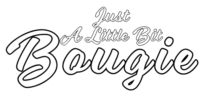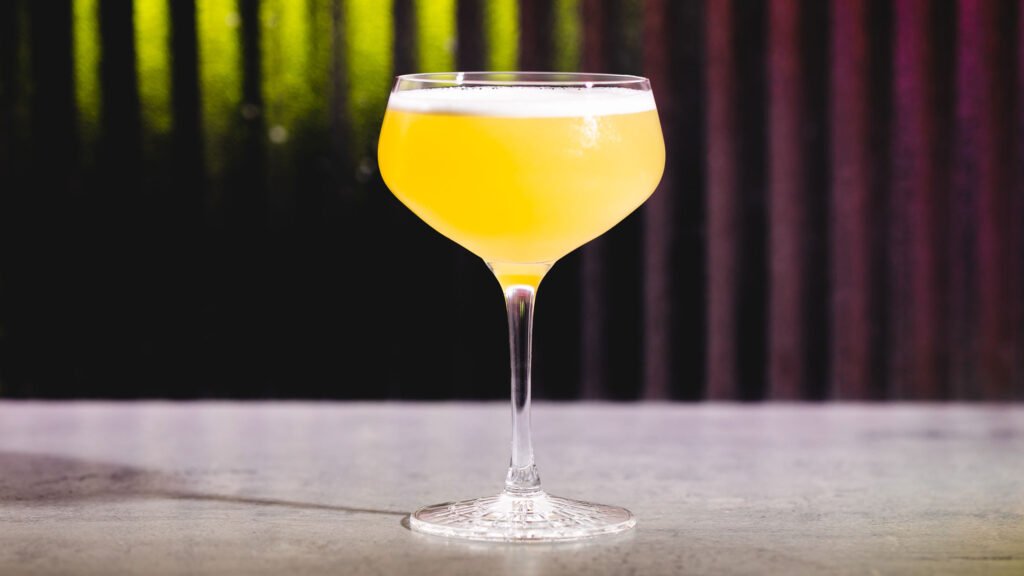[ad_1]
For a very long time, two regionally termed IPA subcategories have dominated U.S. beer cans: “West Coast” signaled clear and bracingly bitter with a piney, citrusy, resinous hop profile, and “New England” meant juicy, hazy and sweeter with tropical hops. All of a sudden, nevertheless, a label that’s maintained a decrease profile since craft beer’s early days is displaying up on extra faucet lists, muddying that understanding: “American IPA.” What even is that this type? The identify suggests some overarching mixture of the 2 coastal substyles, a less-than-helpful and imprecise umbrella time period, or, probably, its personal new factor.
The reply, it appears, is all the above.
From the late Seventies into the Nineties, brewers began making IPAs primarily based on their data of English IPAs, however with an American twist. Thus “American IPA” made sense.
“English IPAs had been the originators, what everybody was used to, after which all of the sudden we had been setting our personal requirements with our personal flavors,” says licensed Cicerone and beer educator Anne Becerra. Even with noticeable hop bitterness, English IPAs are balanced between malt and natural, floral, earthy hop character. American brewers cranked the hop quantity as much as 11, defining their very own IPAs with a extra bitter stability. They used American hops, with these citrus, pine and resin notes.
However two issues occurred to erode that easy definition. For one, American craft beer took off, and American-brewed IPAs overtook English-style ones. For one more, West Coast and New England substyles appeared, additional delineating the class. “American IPA” all however disappeared as a label.
“Now, we’ve began to see the ‘American IPA’ time period come again, however if you see it on the menu, you’re unsure what you’re going to get anymore,” says Jared Williamson, head brewer at Schlafly in St. Louis.
For some brewers, “American IPA” now signifies a particular set of traits that warrants being set other than West Coasts, New Englands and even English IPAs. To Williamson, who brews the type at Schlafly, an American IPA strikes a stability between West Coast and English IPAs. It’s nearer to West Coast with American hops, assertive bitterness and readability, but it surely has a bit extra character from malts like caramel and crystal, which might additionally yield a extra copper tone than golden West Coasts.
“American IPAs [finish] with extra residual sweetness, whereas West Coast IPAs are anticipated to be lighter in malt taste and have a dry, crisp end,” explains Ben Kehs, innovation brewing supervisor at Deschutes Brewery in Bend, Oregon. (Deschutes’ personal American IPA, Contemporary Squeezed, is a popular instance.) Whereas it’s agreed that an American IPA shouldn’t be hazy or as candy as a New England IPA, an American IPA can nonetheless seize sure NEIPA notes with tropical fruit traits. “It could embody the West Coast’s visible readability whereas incorporating the hop profile typical of the East Coast,” says Daniel Sickmen, head brewer at Virginia’s Misplaced Barrel Brewing, the place an American IPA is a menu staple.
However not everybody sees American IPA as such an outlined substyle. “My common thought is ‘American IPA’ is advertising speak,” says superior Cicerone and beer educator Chris Cohen. Utilizing “American IPA” could be a safer, extra common label that gained’t alienate individuals who suppose they hate hazies or West Coasts; it conveys an IPA that gained’t be both of these extremes. Plus, “American IPA” encourages dialog, Becerra says. Folks can ask questions, and bartenders or servers can present actual particulars to assist steer them in the best course and assist them discover an IPA they like.
“Think about if somebody stated, ‘I don’t like American crimson wine,’” Becerra says. “There’s such selection inside that, you wouldn’t dare write off that whole class.” The “American IPA” label leaves the door open for folks to discover some vary when it comes to bitterness, sweetness, malt character and hop character, and be taught what they like.
For that purpose, American IPA may at this level be extra of a vibe than a mode. It’s an IPA that lives in the course of the tropical-sweet and piney-bitter extremes, open to brewer interpretation in addition to to client discovery. “It’s massive, it’s daring, it’s intense,” Becerra explains. “You realize it if you style it.”
[ad_2]


